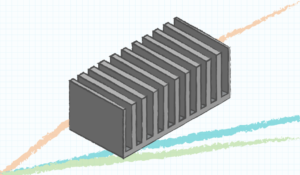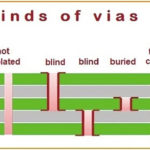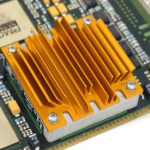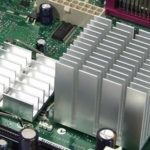 Choosing a heat sink to keep devices like power transistors cool is vital to ensure your system is reliable. But can be hard to visualize and get right. We found an insightful guide to doing just that. Check out CUI Devices’ blog post How to Select a Heat Sink.
Choosing a heat sink to keep devices like power transistors cool is vital to ensure your system is reliable. But can be hard to visualize and get right. We found an insightful guide to doing just that. Check out CUI Devices’ blog post How to Select a Heat Sink.
Using the example of a power MOSFET in a standard TO-220 package, the blog shows how to start by calculating the power dissipated as heat due to switching and RDS(ON) losses. Next, the thermal system, comprising the MOSFET package, heat sink, and thermal interface material (TIM) between the two, is modeled as a set of thermal impedances. Rθj-c for the package is found from the device datasheet. The blog shows how to calculate the effect of the TIM (Rθc-s) using datasheet values and the thickness of the layer.
The final impedance in the chain, from the heat sink to ambient (Rθs-a), depends on the heat sink’s ability to transfer heat from the surface in contact with the component into the ambient air. Guided by the blog, you can calculate the maximum allowable value to keep the junction temperature rise within your required limit.
Of course, the true value of Rθs-a is governed not only by the heat sink properties but also by airflow. The blog handles this too, by showing how to use performance graphs in the heat sink datasheet to calculate for natural convection or forced-air cooling. You can also use this parametric search tool to quickly find the right heat sink by specifying the temperature-rise and airflow.





Leave a Reply
You must be logged in to post a comment.